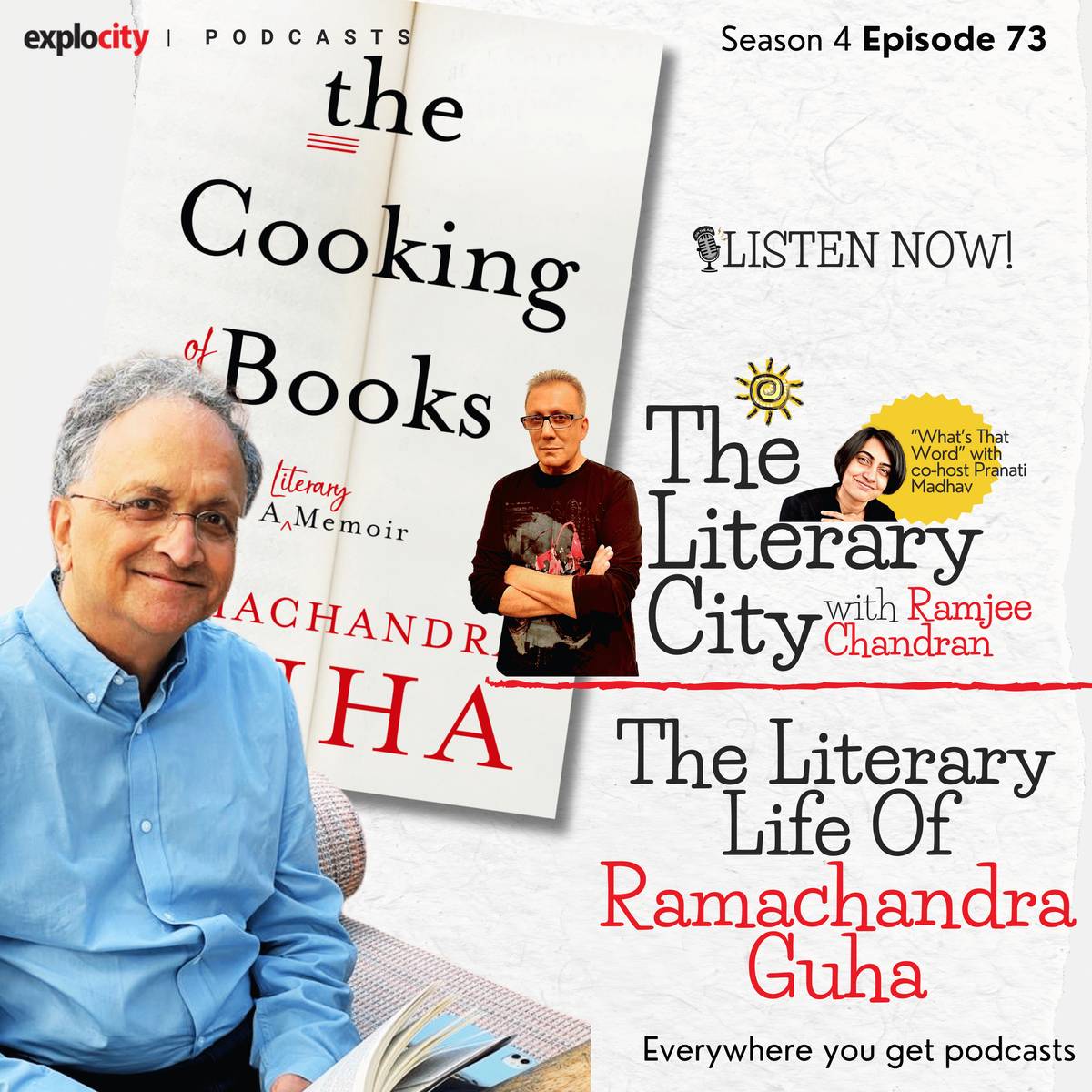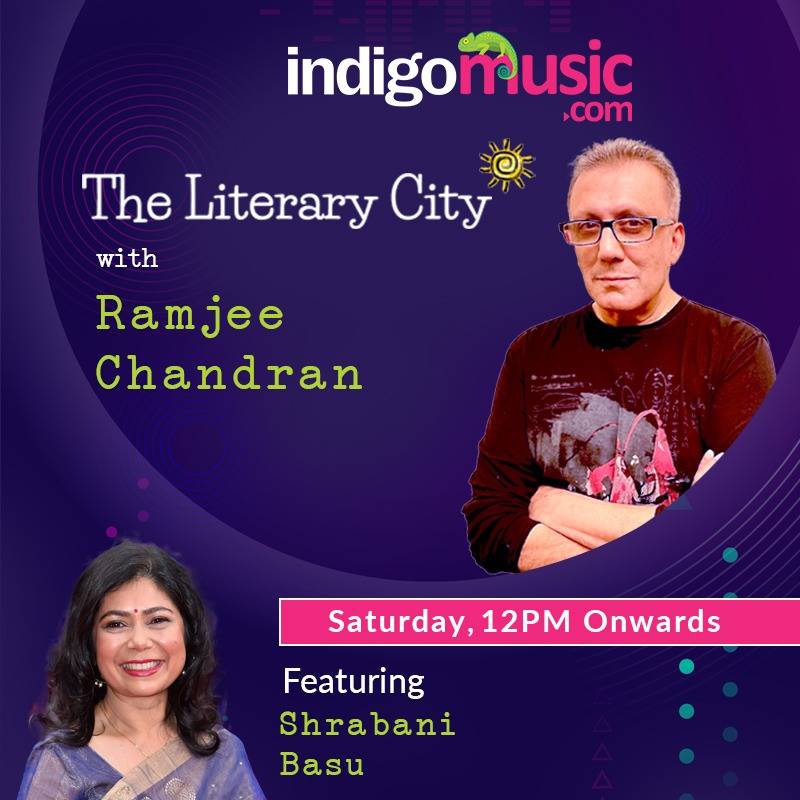Of lost childhoods, found in a feminine force, Hunger’s Daughters is a literary revolution of its own kind
The good, almost brilliant thing about Govindarajan’s stylistics is that the narrative of these utterly sensitive and seemingly detached issues, read extremely personal.
Oct 11, 2019, 12 45 | Updated: Feb 23, 2021, 00 42
Hunger’s Daughters
By Nirmala Govindarajan
Publisher: Om Books International
Pages: 298
Price: INR 295
I do not care much for well dressed humans - in a world of easy fashion, urban appearances are passe. But a well designed book? It deserves more attention than it often gets.
I sin in saying, picking a book by its cover, yet again. It is quite telling when the conceived character of a colour, gives itself the liberty to defy convention. Journalist and Author Nirmala Govindarajan’s Hunger’s Daughters, in its bright sepia pinkish-ness, denies the definition of being delicate - it’s title finding strength, in its otherwise perceived oppression. It is the accusation of being reminded of not having looked a colour in its face for its rebellion, that nudges me to pick Hunger’s Daughters, in this book-stacked old Bangalore street.
The novel, inter-connected stories of little girls from mapped and unmapped tribal forest hamlets, is not a narrative you haven't heard before, as much as it is a narrative you have brushed aside as a momentarily disgusted piece of breaking news. Govindarajan knocks at this subconscious escapism, page after page, prose after verse, reminding readers of a privilege they refuse to acknowledge, and violence they refuse to recognise. From the militant factions of Jharkhand and Orissa, to the rural landscapes of Karnataka and the ‘Southern Capital with the Sea’, Govindarajan’s politics of the society lies at the heart of the unsensed underbellies - stories she draws from her real-life journeys as a journalist, to weave into fictional realities. The politics of her language, though, traverses waters national and international, interspersing German to Tamil, rustic tongues of Odiya to Kannada, adding rhyme to the rhythm of her prose, interjecting it with verses.
The good, almost brilliant thing about Govindarajan’s stylistics is that the narrative of these utterly sensitive and seemingly detached issues, read extremely personal. Land grabs, militancy, sexual trafficking, hunger, love, the loss of a childhood and the rise of a “Feminine Force” - the author’s ability to juggle between the first person to the second, almost culminates into a mind voice of one’s own, irrespective of how suspiciously ignorant one maybe of these conditions. The non-linear, multi-charactered story - from Gowaravva and Minnal down south, to Susanthi and Nominta from the north-east, and all the little Khaki, White and Blue clad men in-between - goes back and forth, sometimes in the realms of the supernatural, only to feel as real as it maybe in your head! And despite its multiple story-lines, each stands as intricate as the other, culminating into one strong plot web of rebuke, rebellion and revolution.

But beyond verse and prose and a perpetual background score (which inadvertently plays in your head as you read), what’s really interesting is the almost-burlesque attitude the entire texture of the novel carries with it. The antagonists (and a few of the protagonists) are caricatures - funny little fools who happen to play their roles, simply to allow an obviously stronger and vindicated female force to finally indicate that they are massively bored of the male ineptitude. So much so, that the very strong feminist crescendo on which the story concludes itself on, seems intently satirical, to reiterate how entirely surpassable the drama could have been, if only democratic governance would have worked as it simply should have!
On a larger plane, beyond the tangible issues of politics and the failings of a collective society, Hunger’s Daughters plays with the idea of identity. No character is a singular being - their histories, their tongues, their folklore and food, making them multiple people all at once. And yet, for the little hungry breadwinner girls of the unmapped tribal regions, name and identity, the oneness of their land and community, is everything to fight for.
What’s in a name, you may ask. Apparently the essence of one’s nativity, the warrior shields of these “near-thirteen-year-olds”, protecting them from getting lost in the wilderness of poverty and a trade they seldom consent to take on. Govindarajan, through her novel, does a fascinatingly surreptitious job of pulling us out of our Shakespearean reverie, bringing us an intellect so rustic and indigenous, while being quite dramatically Shakespearean herself with a happenstance ease.
Turbulent, terrifyingly real, and a quick but loaded 300-pager read, Hunger’s Daughter’s is a literary revolution of its own kind in the political fiction genre, sure to take you on a journey as magically innocent and simple as the little girls of the forest hamlets, despite its complex pragmatic politics - just about enough to help you get back to your everyday life, without forgetting that little knock on your psyche, reminding you to remember.







